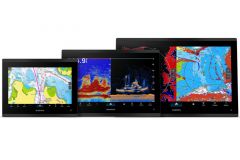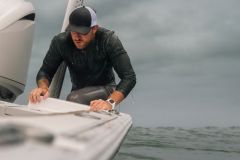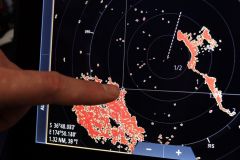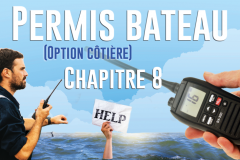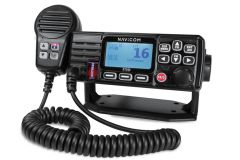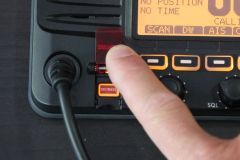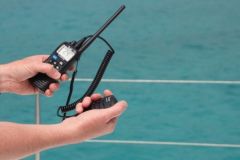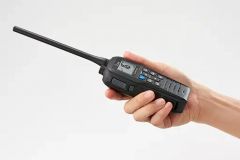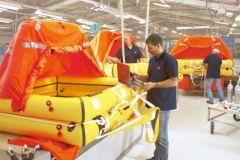AIS VHF: A system that uses a VHF channel to indicate marine traffic.
ANFR National Frequency Agency.
ASN Digital Selective Calling, (in English SDC Digital Selective Calling). It is the system that makes it possible to transmit a distress call by simply pressing a button on the VHF. This system also allows other digital exchanges between VHF.
AVURNAV URgent NOTICE to NAVigators. Safety message to mariners generally broadcast by VHF after a call on channel 16, on frequency 2 182 kHz (SSB), navtex or Inmarsat. They can be found on your site Bateaux.com
BIB Liferaft: Self-inflating liferaft.
BLU Single Side Band, long range radio receiver/transmitter. Today with satellites, this mode of communication is becoming obsolete.
BMS Special Weather Bulletin (weather alert).
CCMM Maritime Medical Consultation Centre, telephone consultations with free access for seafarers. The answering centre is located in Toulouse.
COSPAS-SARSAT Global Beacon Alerting and Locating Satellite System (EPIRB, Boat Beacons or PLB, Individual Beacons).
CROSS Regional Operational Centres for Surveillance and Rescue.
RRC Radiotelephone Operator's Restricted Certificate. Mandatory certificate to use a means of communication at sea.
DST Traffic Separation Provision, also known as Marine Rail.
EPIRB Emergency Position Indicating Radio Beacon. Maritime distress beacon by satellite transmitting on the COSPAS-SARSAT system (on 406 MHz)
GPS Global Position System, US-owned satellite positioning system.
GLONASS Russian satellite navigation system (equivalent to US GPS) operational since 2010.
INMARSAT International satellite telephone network.
MMSI Marine Mobile Service Identity. A 9-digit international code that identifies each ship. It is used to code distress beacons and VHF DSC.
BOM Man Over Board or man overboard.
NMEA National Marine Electronics Association. Association that manages communications between on-board electronic devices. NMEA 183 and NMEA 2000 are defined.
PLB Personal Location Beacon. Personal Locator Beacons. Works like an EPIRB, but is attached to a person, not a ship.
SHOM Marine Hydrographic and Oceanographic Service.
GMDSS Global Maritime Distress and Safety System (in English) GMDSS Global Maritime Distress and Safety System).
PFD Lifejacket: Clothing with Integrated Flotation, the most common is the lifejacket.
VHF Very High Frequency, Portable or fixed transmitter/receiver device whose range depends on the height of its antenna.
WAAS Wide Area Augmentation System. System that increases GPS accuracy. Sort of differential, but without earth station, only by satellite.

 /
/ 





